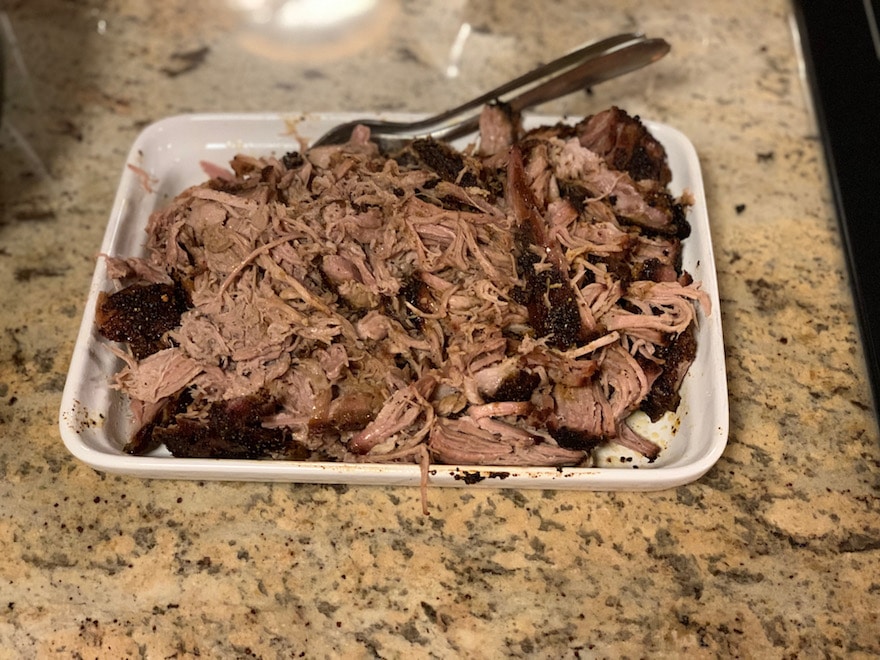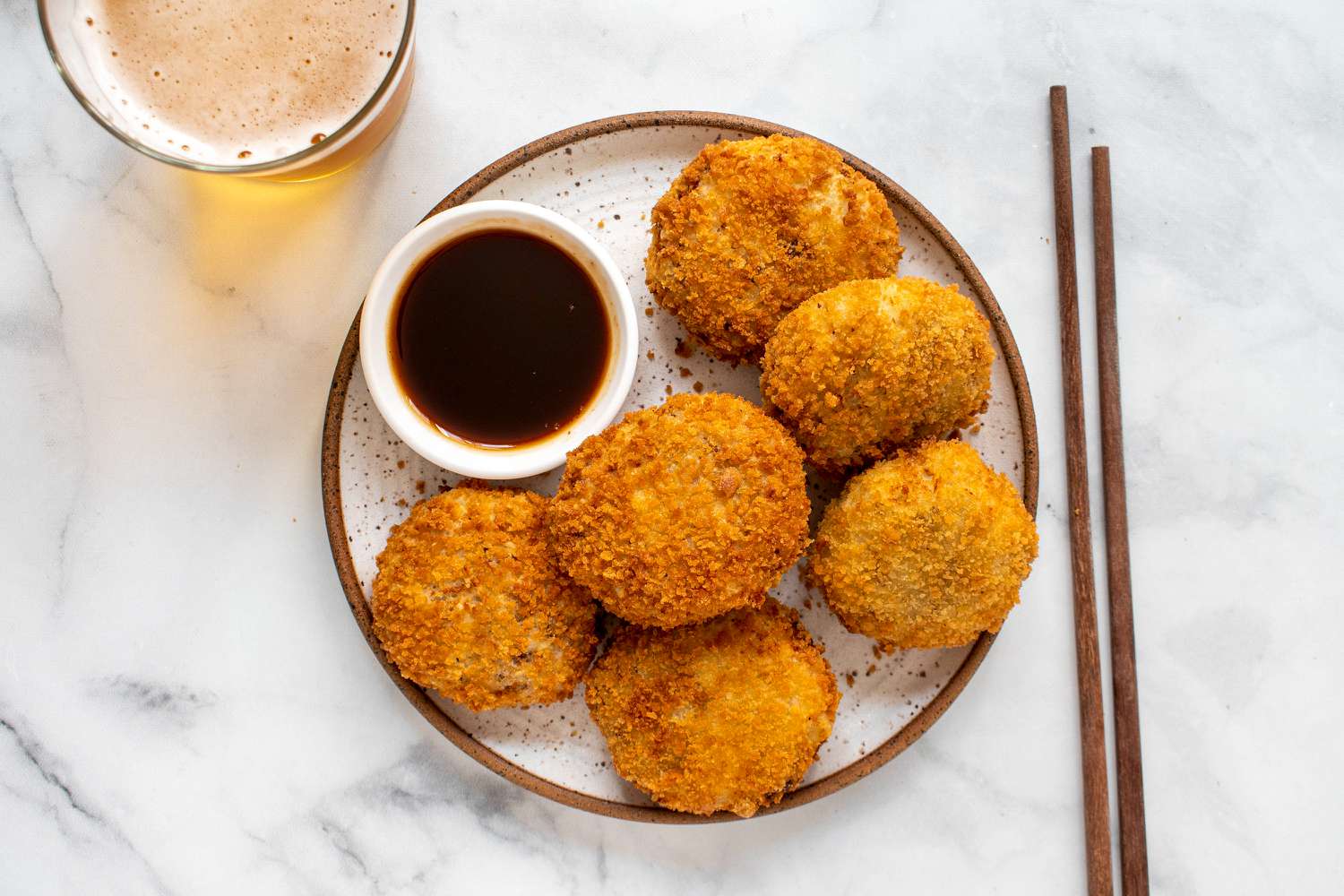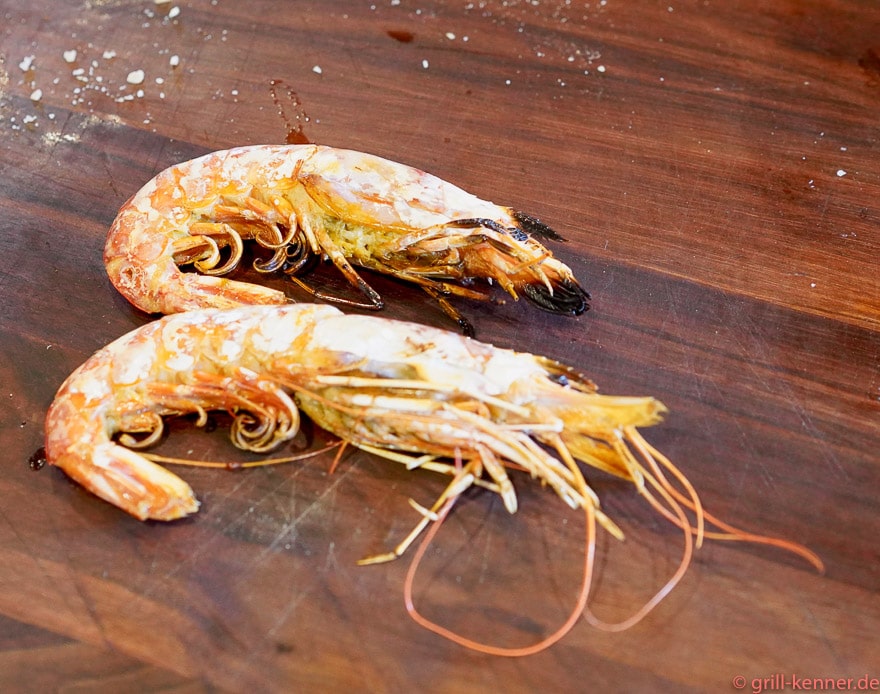Out of all barbecue traditions, Pulled Pork has clung more strongly to its roots than any other. Large pieces of tough pork are smoked for hours at low temperatures until reaching a certain core temperature, then hand-pulled and served on a bun or in a heap. While Pulled Pork preparation has stuck to traditional cooking methods, there are still significant differences from region to region. We’ve compiled the best traditions and a simplified process for the best Pulled Pork that you can recreate at home.
The Preparation
Choosing the Right Cut
The first step in preparing smoked Pulled Pork barbecue is deciding which cut of pork to use. Pulled Pork can be made from any fatty pork roast or from a whole pig, but the best cut for Pulled Pork is the pork shoulder or pork butt. The pork shoulder is rich in fat and connective tissue, making it the most flavorful part of the pig. The color should be a rich pink to purple, and the meat should feel firm. On the other hand, pork butt is popular due to its beautiful marbling and slightly higher fat content. It’s often easier to find at the butcher or meat counter in the supermarket. Whether you opt for the pork shoulder or pork butt in the end is a matter of personal preference.
Preparation
Once you’ve chosen a piece of meat, trim loose fat and skin. Then, apply a spice rub to season the meat and create a crispy surface referred to as the bark or crust while smoking. Pulled Pork rub typically includes sugar (usually brown), salt, paprika powder, pepper (any combination of black, white, or red), and dried herbs. Work the seasoning deep into the meat and let it sit for about an hour to form a moist paste on the surface.
Smoking
Choosing Wood and Smoking
While you can use any mild wood for smoking pork, hickory and/or oak are traditional choices. Aim for a consistent temperature of about 100°C, and the smoking temperature should definitely stay below 130°C. Too high a temperature makes the meat tough. You should smoke the pork shoulder or pork butt for about 1 to 1 1/2 hours per pound – in other words, low and slow. You can remove the pork once it reaches an internal temperature of 75°C, but it’s not yet buttery tender. Ideally, continue smoking until you can easily shred the meat with two forks at an internal temperature of 92°C. If you can’t smoke for that long, you can switch to the oven after a few hours. Wrap the pork shoulder or pork butt tightly in foil and bake it at 100°C until it’s tender.
Pulling the Pork
Shredding the Meat
Once the pork is ready, take it out of the smoker and let it rest for about 30 minutes. Ideally, the meat is so tender that you can simply pull it apart with your hands or two forks. This way, you can separate the meat from everything else. Place the meat in a pot over low heat to keep it warm. You can add a simple vinegar sauce made from cayenne pepper, paprika powder, and apple cider vinegar or apple juice for moisture and flavor, complementing the delicious smoky aroma. Mix everything before serving, ensuring the meat is lightly coated.

Traditionally, it is also customary to provide your guests with a table or finishing sauce. This can be almost any type of barbecue sauce, but again, it’s usually served with a thin vinegar-based sauce. While this may sound like you have a sour dish, the slow-cooked meat is sweet, and the acidic vinegar is a perfect complement. You can serve pulled pork with coleslaw on a plate or nestled in a bun.
Enjoy your Pulled Pork, and may your barbecue tradition live on!

